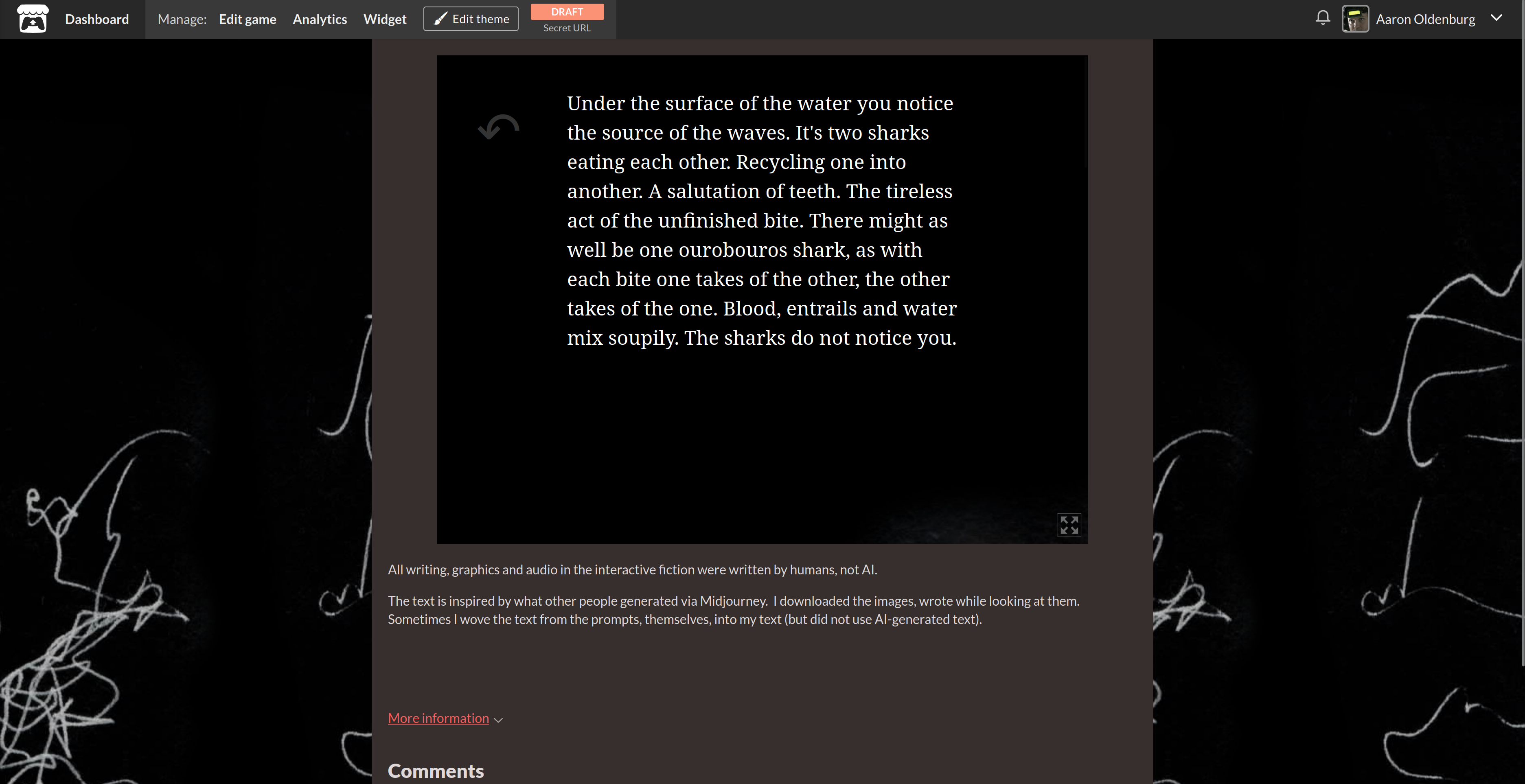Fractured Star Projections
Human Creator Ledger
Pre-AI concept
Annotated documentation of pre-AI concept. Unrelated notes are blacked-out. Notes that are related but potentially embarrassing, as they were written down without thought of publication, were left in.
This project arose out of an interest in playing with what other people have asked AI
to do. On Midjourney's Discord channel, there is an archive of everything publicly
generated by users, alongside the prompts that they wrote and used. I had a
sociological/cultural interest in this, but I was also curious to try using the creative
constraints of not asking generative AI to make things to my specifications, but
relying on what other people asked of it. Having played with AI generation, myself, I
know that prompts vary from the purposeful and utilitarian to the spontaneous,
personal and revealing. In this way, it is kind of like looking at someone's web
searches, but with different imaginative boundaries.
There are other reasons why using the results of other people's generative AI
prompts was appealing to me. One is that it has almost no additional environmental
impact compared to using my own new prompts to generate images. At this time, the pursuit of "found" AI has not created incentives for the creation of more AI-generated
images.
There is still the issue of AI plagiarizing others' work, which this process, on its own,
does not solve. However, in this project, I have chosen not to show the generated
works, themselves, but to use those images as writing, drawing, and audio prompts
for an interactive narrative. Although players will have access to an archive of these
images for reference, they, themselves, are not part of the final work.
In a nod to the plagiaristic nature of AI, I have included some stolen text of my own,
though: that of the prompts, which I occasionally weave into my narrative (the title,
itself, was taken from a prompt). I don't think I benefit unduly from this theft, as the
writing in prompts is not great. I considered visually highlighting the borrowed text,
but felt it distracting. I do make all of the prompts available in a text file separate from
the work.
I chose images based on intuitive pull. Most were dumb. Many were obsessive, with
the user trying double-digit attempts to get the perfect image with variations on a
prompt. With those, I often downloaded the entire series of images. I was not looking
for exciting or polished. Sometimes the pull for me was wondering what drove the
person toward that particular prompt. Sometimes it was the absurd amount of
specificity. Often, the work generated was not aesthetically interesting but the
prompt, itself, and the obsessive iterations, were.
I began world-building off of the descriptions of the work. I enjoyed playing with the
image variation and incorporating that slipperiness into my narrative. The narrative is
absurd and free-associative.
This was my first Twine project. Twine is a software that allows one to quickly build
interactive narratives and publish them as HTML. It gives one a nice bird's eye view
of what quickly becomes a sprawling flowchart. This stretched my creative writing
process.
I originally began with the intention of pairing my text with the images. The goal was
to undermine and reinterpret the images. However, Twine is not an ideal engine for
image representation, and I found that I preferred reading the text without the image.
With the image-less text removing us from what the prompt generated, we are now
required to create our own images in our heads (a process that should, of course, be
familiar to readers).
I feel like I am collaborating with the reader to organically recreate these
images that have been blandly and procedurally created via AI. I also like how
this process draws attention to how the human brain creates images, and what
similarities, if any, exist between our image creation and that of a digital neural
network.
To keep the focus on this process, I did include some images in the final product. I
made some of my own drawings of the AI-generated images. To do this, I used the
old drawing class technique where one looks only at the object being drawn and
never at the paper on which one is drawing. What one ends up with are loose
scribbles but also a sense of really seeing the contours of what one is looking at. The
process of creating drawings this way put my attention on how my brain takes in the
information from the image and translates that into arm movement. The vagueness
of the images also complements the narrative without hijacking it in the same way
inclusion of the original generated images would have.
I also responded to some images with sound effects, music, and narration that I
made. These appear on a handful of nodes.
Some of the narrative themes also touch on how our brains generate reality. The
story does not really end. Most of the threads stop with a choice to jump to an earlier
part of the narrative and explore different paths.
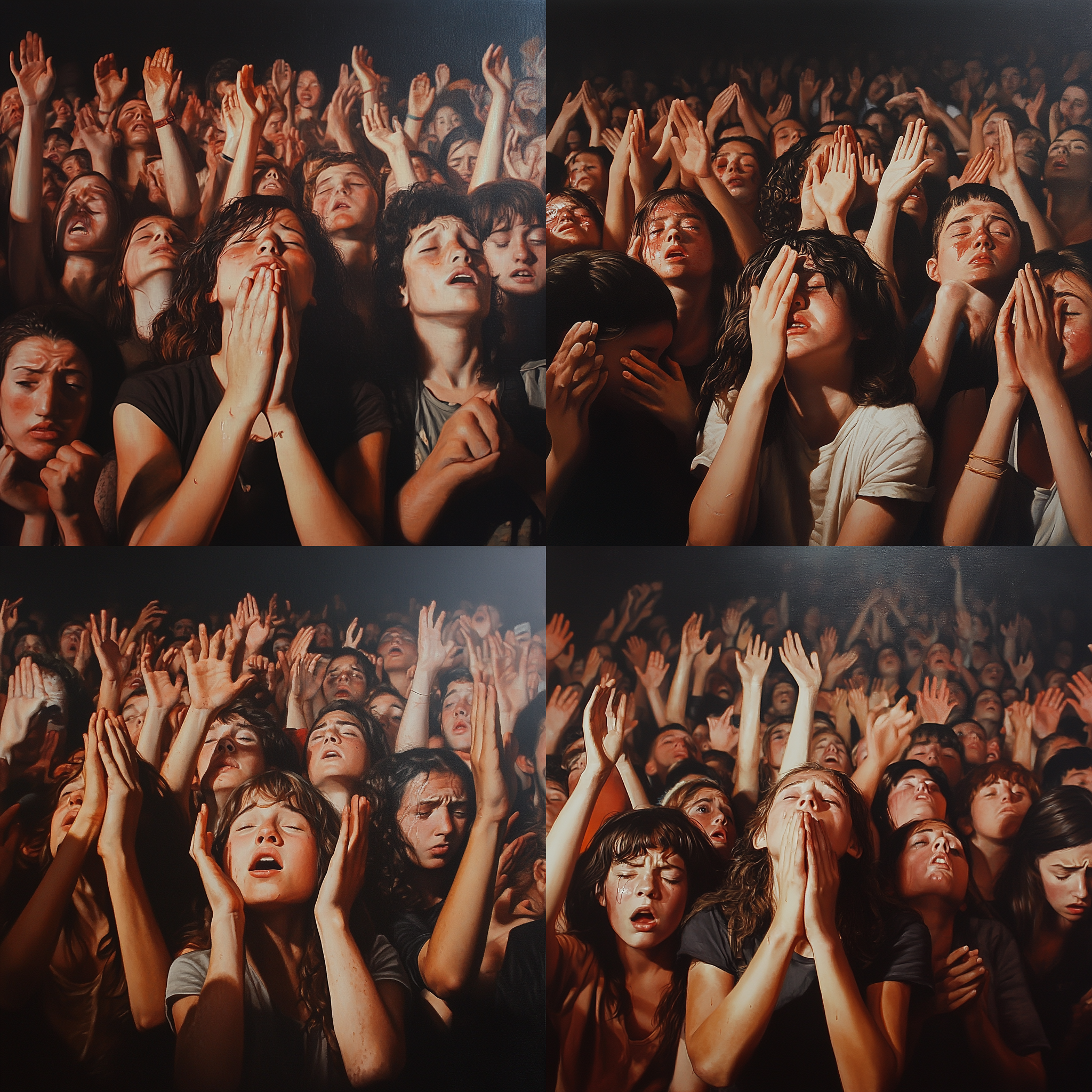
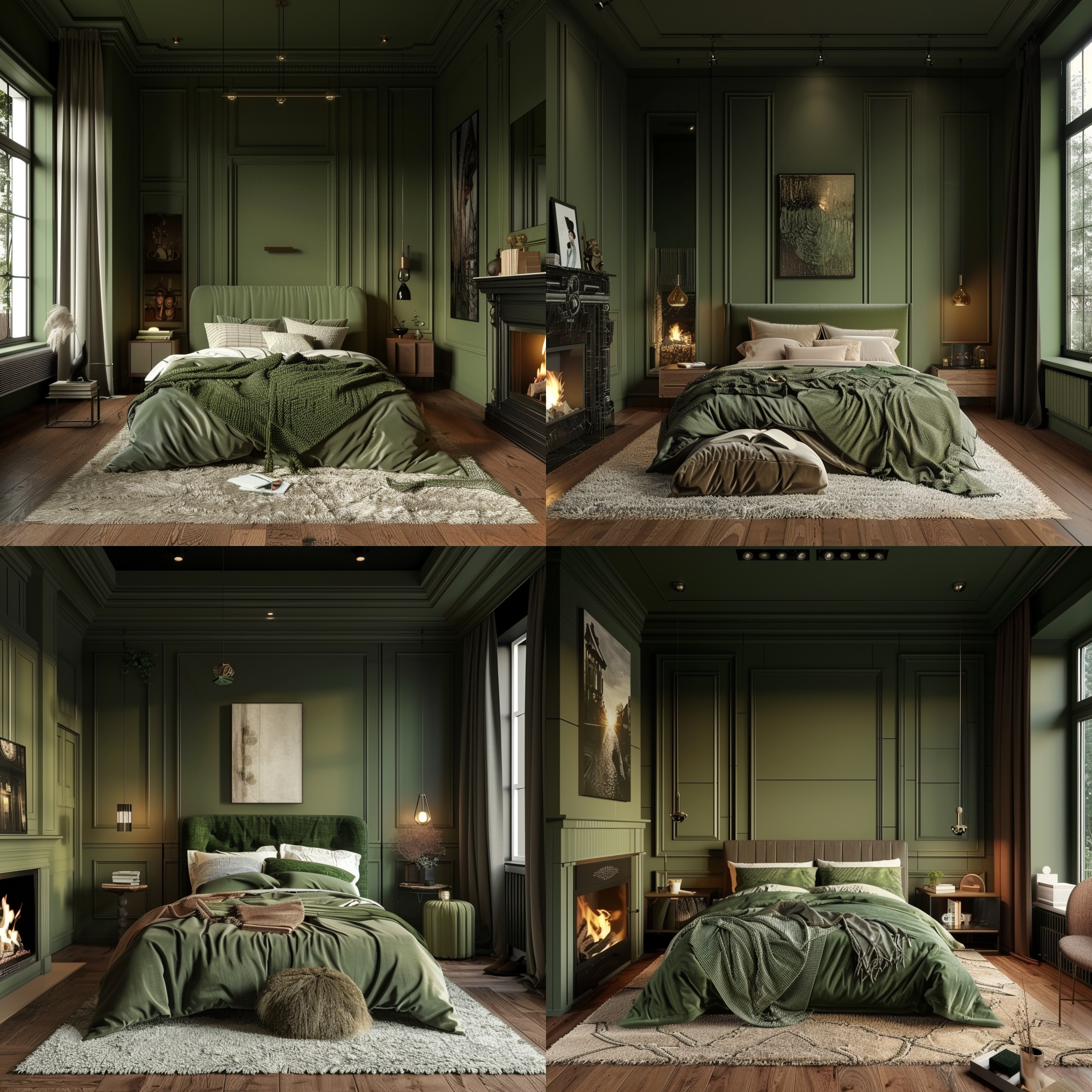
AI Co-Creator Profile
I used Midjourney. It was a software that I had experience using in the past. The
most important aspect of the software for this project was the public archive of past
prompts and outputs.
This project is different from most AI collaborations, as usually the artist is also the
one who writes the prompts. There is an enjoyment inherent in that space between
what one writes and what is output from the system. In this project, I see the end
results of that. Often, the reverse is surprising: I see the image initially, and
subsequently get a glimpse of the human behind the image by reading the prompt.
What they wanted versus what they received is often made painfully clear through
the number of iterations they made on the prompts.
I wove these iterations into the narrative. Often the character will have unexplained
changes. Some of these are mundane, such as the color and style of the character's
sweater changing in each description. Others play with the fact that AI doesn't
understand the physical reality of the scenes being depicted, and so the world I
create often abides by the rules of the AI generated images rather than those of
physical reality: disappearing hands, a floor that drips onto you after a bath.
There is a danger here of falling into cliche surrealism. But I think the process gets at
something surrealists were engaged in more deeply: attempting to find and inhabit
an underlying reality. This reality is metaphorically expressed through the opacity of
generative AI's code and training data.
Although the images, themselves, are not in the final piece, the process that
generates them inhabits my description and narrative. Sometimes I describe what I
see in the images fairly faithfully, and other times I use part of the image simply as a
launching point in an original narrative vignette.
All of this is in service to the old collaborative process between author and reader,
where we join together to generate ephemeral images in our biological neural
networks. Using AI helped me shine a light on this process.
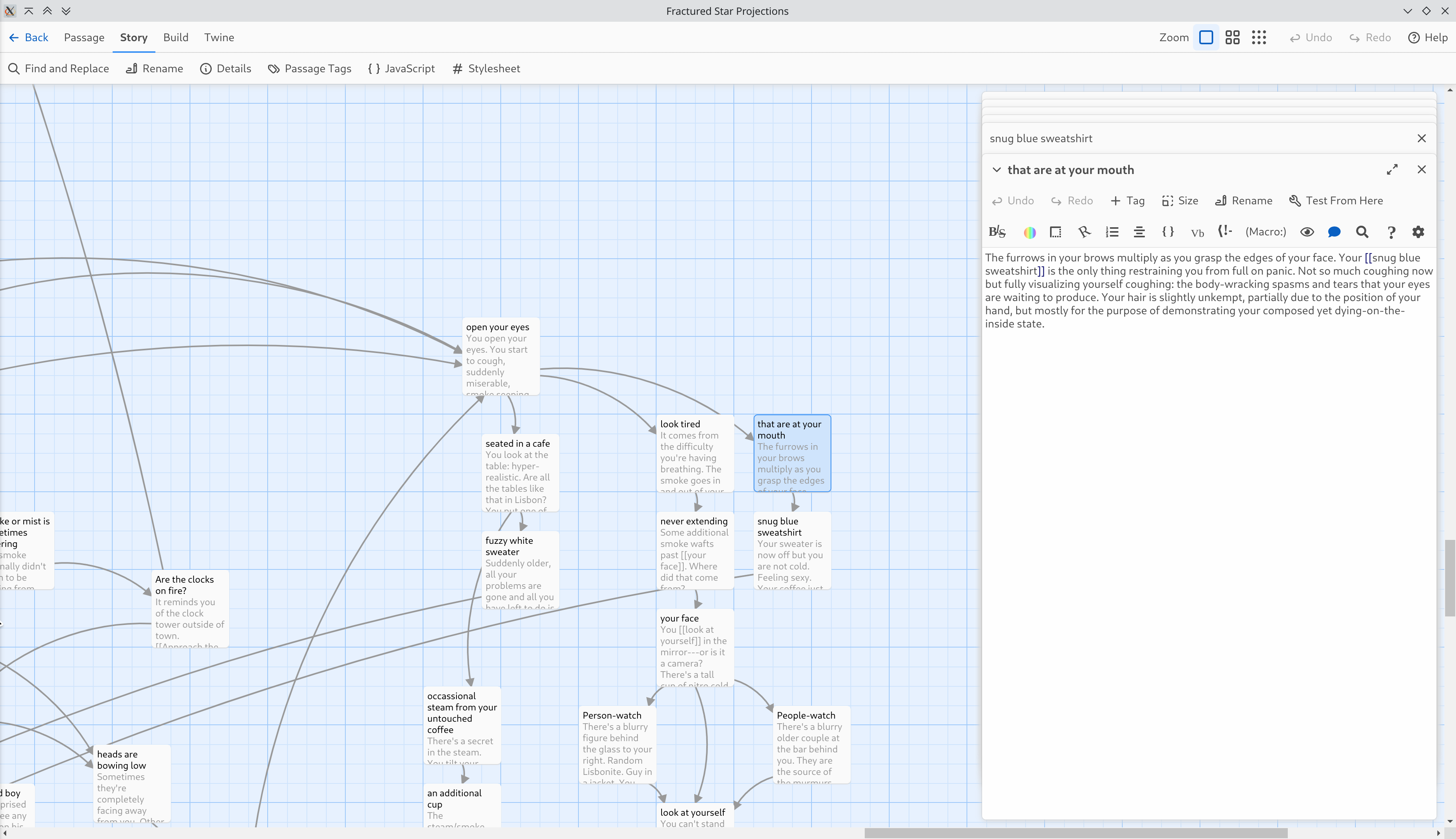
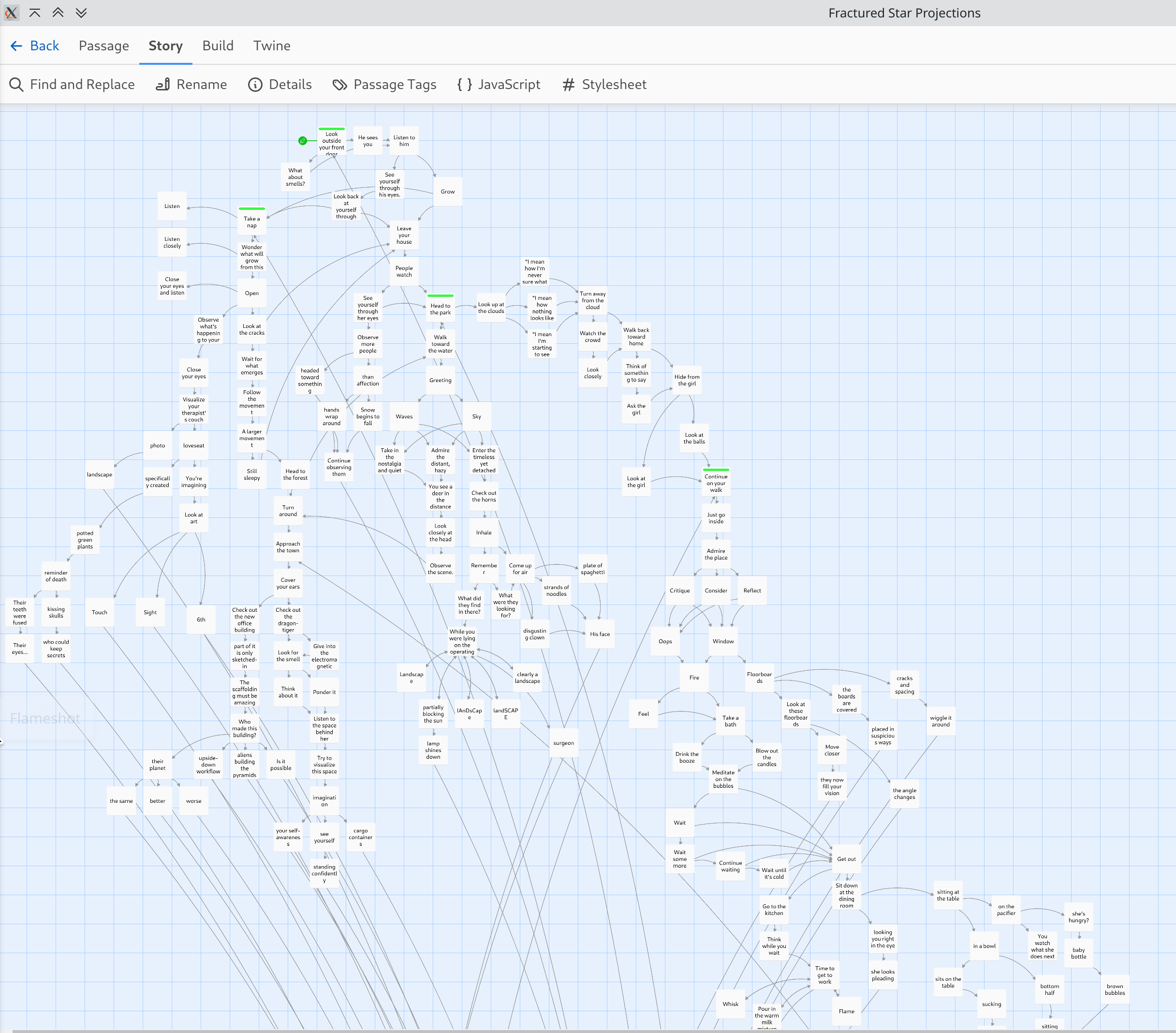
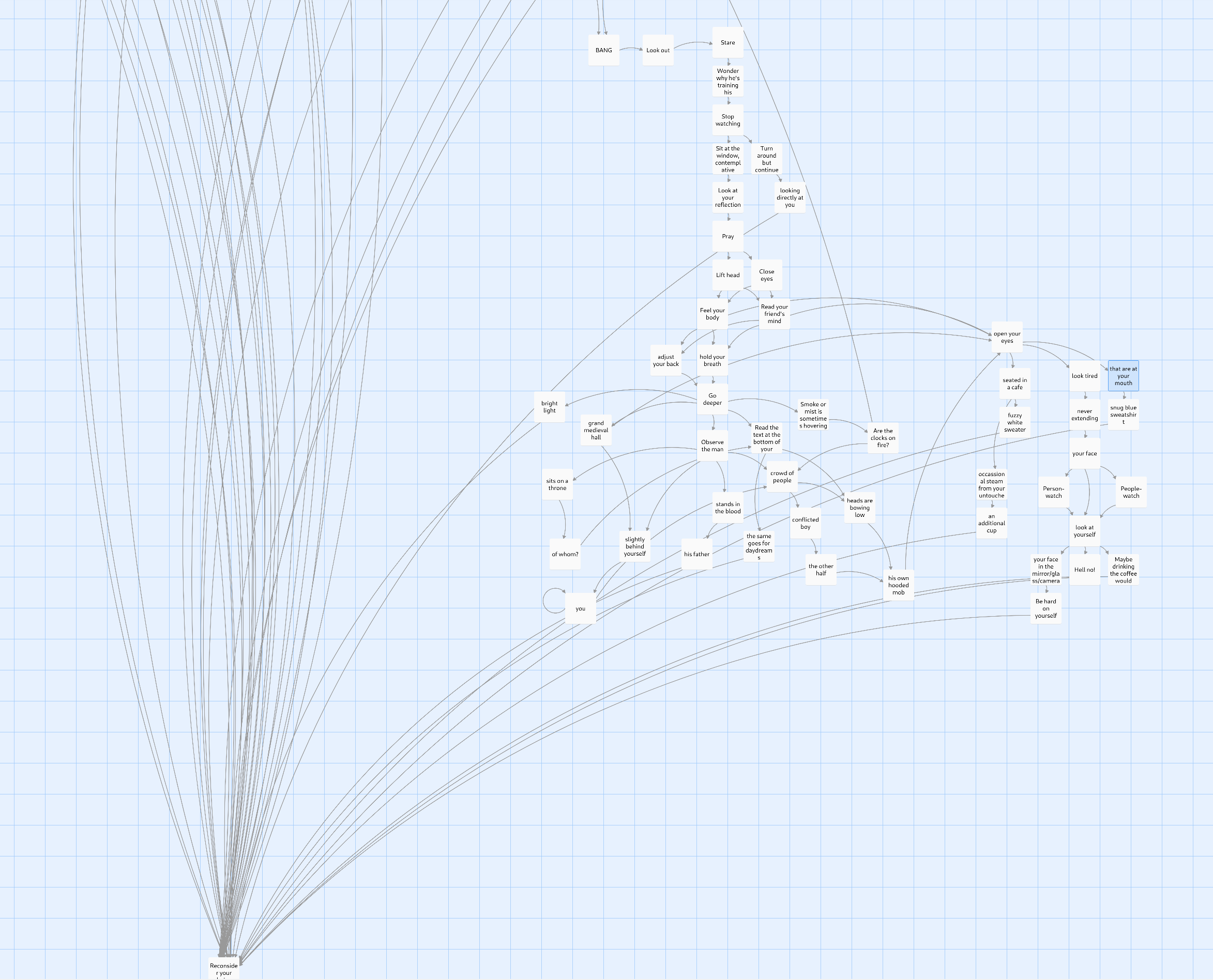
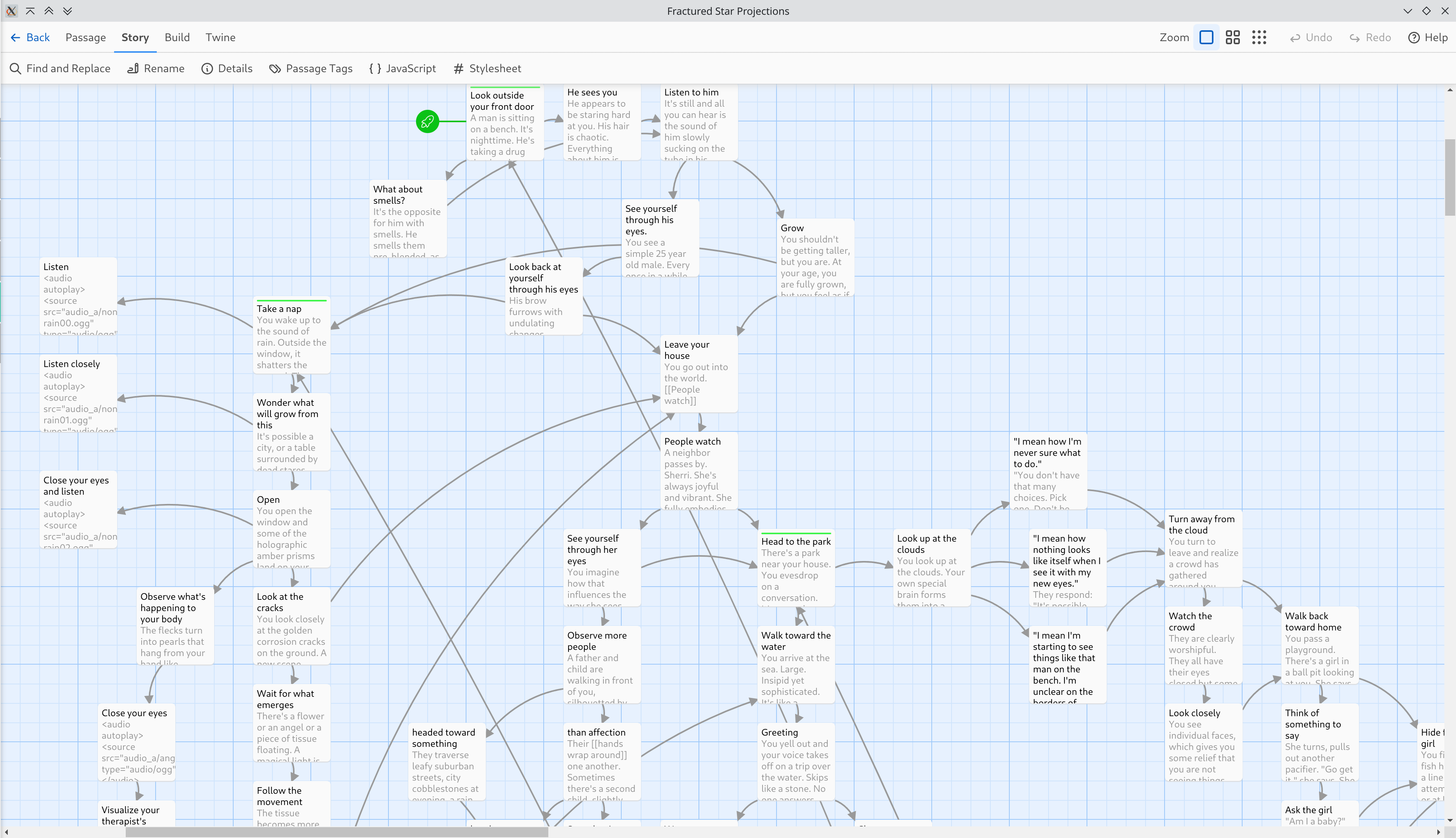
Synthesis Process
I enjoyed the flow of going in and out of descriptive writing based on the picture I was
viewing, as loosely or as closely as I felt.
The process illuminated the contrast between the AI's limitations, seen in the back-
and-forth between prompter and generator, and what felt like my own lack lack of any
imaginative limitations. It was easy to write narrative that was constrained by the
images I happened to find. This did make it hard to tidily wrap up the eventually
sprawling narrative, let alone guide it toward any conventional plot.
I found this to be an inspiring creative exercise and have had thoughts of creating
additional works using found AI, or creating a game jam with this theme.
